Rose Bushes
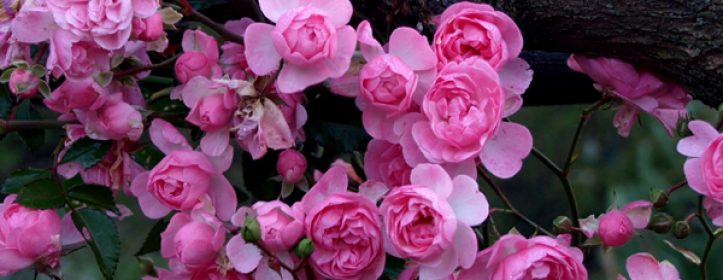
Planting and Care Planting
Roses need lots of sun. Pick a spot that gets at least six hours of direct sun each day. Dig a hole about 18″ deep and 18″ across. Take 3/4 of the soil and mix it with two cups of bone meal and two shovelfuls of peat moss or dehydrated cow manure. Blend thoroughly. Remove rose bush from nursery container and place in hole. Be sure that the graft (knot) is at or just below ground level. If the graft is too deep, tamp soil into the bottom of the hole to bring the rose to the proper planting depth. Now add soil around the root ball, tamping it into place as you fill the hole. When the hole is filled, pour a couple of gallons of water gently around the base of the rose. After the water soaks in, gently but firmly tamp or press the soil around the rose and add more soil, filling the hole to ground level. Water in again, this time with a soluble plant food that is high in phosphorous to stimulate quick root growth.
Feeding and watering
Roses should be fed a high phosphorous, soluble plant food about every week or so. During dry weather the SOIL should be soaked thoroughly once a week. Be sure not to wet the leaves and flowers during watering. If you do, you will promote diseases that attack roses and cause the flowers to rot and fall off. Granular foods should be used at six week intervals.
Pest control
Don’t wait for a problem to arise before you start on a spraying program. Roses are attractive to a number of insect pests and vulnerable to several fungal diseases. A good rose spray will include a contact killer to eliminate sucking insects, an ingested insecticide for Japanese Beetles and other chewing insects, and a fungicide to prevent mildew and black spot. Roses should be sprayed every 10 days and after any heavy rain.
Winterizing rose bushes
When the warm days of September give way to the frosty fall weather of October, it is time to plan protection for your rose bushes. During the summer, you would normally remove spent blooms to encourage more flowers. In September, however, you should let the flowers remain on the bush. These flowers will begin to become seed pods. Allowing the rose to produce seeds signals the plant that it has successfully reproduced itself and may now rest. Feeding should be discontinued in mid-September. Here in the Capital District of New York, it is wise not to winterize roses until early November. If you cover them too early, before temperatures are reliably cold, you can cause more harm than good. Bundle the canes together using twine or strips of cloth. Then using light soil, make a mound covering the base and canes to a height of 10″ to 12″. In early winter, after the ground has frozen, cover the remainder of the canes with straw leaves or any light mulch and wrap completely with burlap and tie with twine. Foam cones can be used instead of burlap but remember that the crown and lower stems should still be mulched with soil inside the rose cones. Cones should be weighted to keep them in place. Punch some holes in the top of the cones to allow the rose to breathe and excess moisture to escape. In spring, remember not to uncover the roses too early. Many gardeners are fooled by early warmth and uncover their roses in late March only to lose them to a hard freeze early in April.
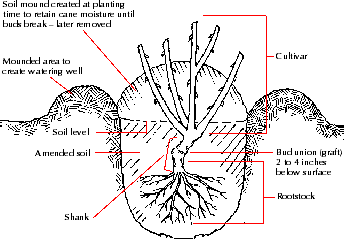
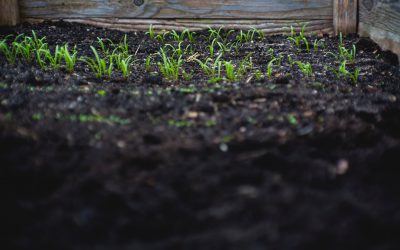

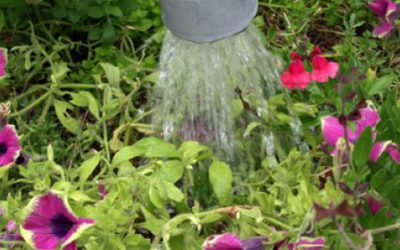
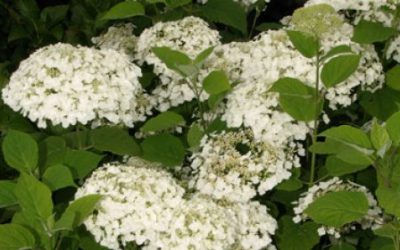
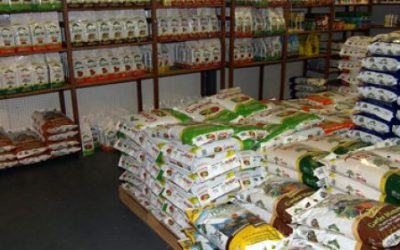
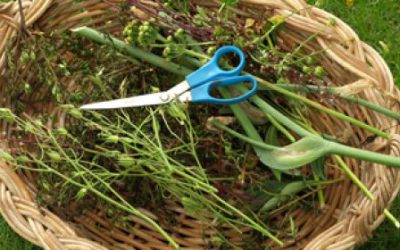

Recent Comments